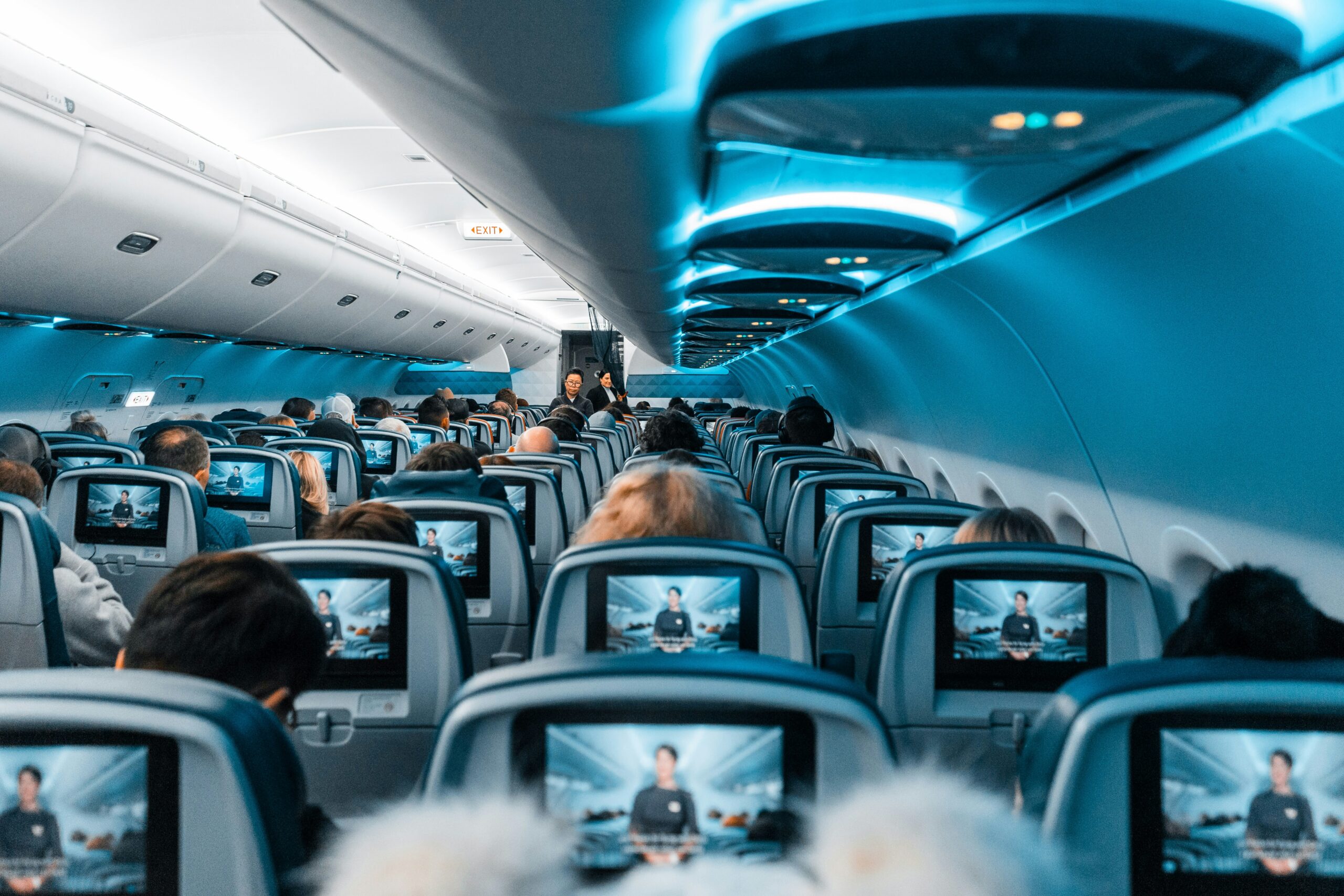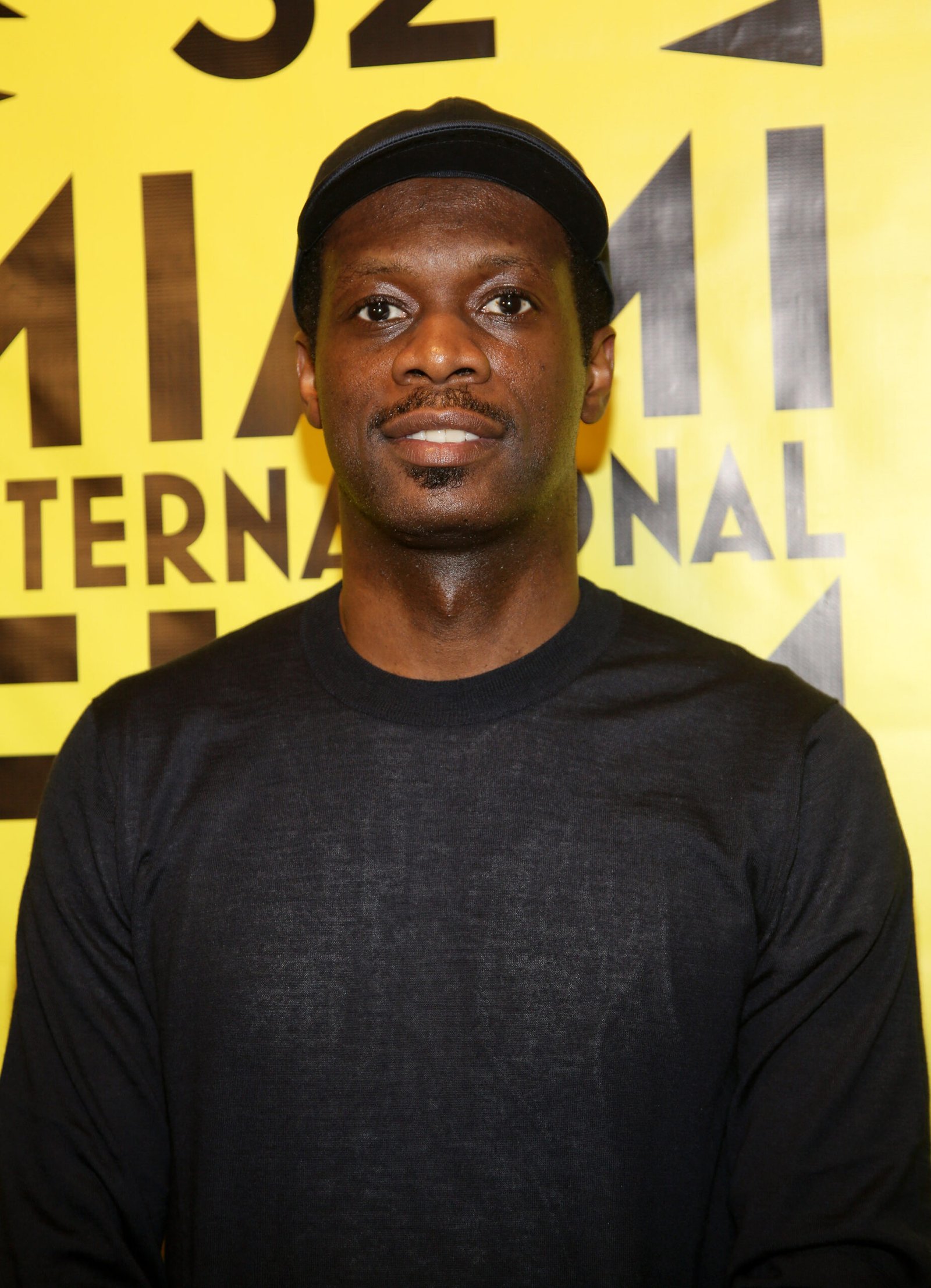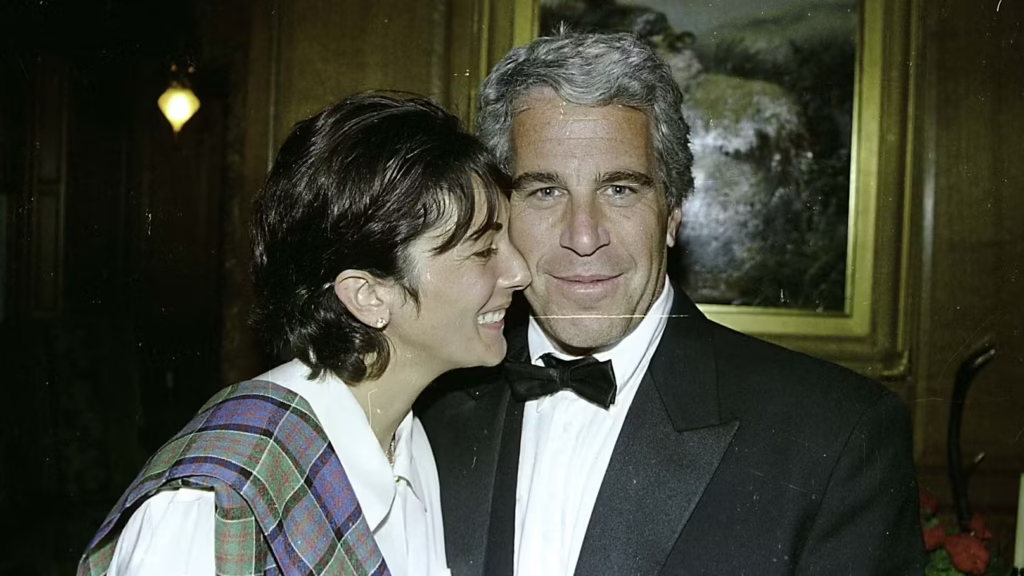News
Leaving America: The New American Dream?
The concept of the “American Dream” appears to be evolving, with a growing number of Americans considering leaving the country as a path to a better life. This shift is driven by various factors, including economic pressures, quality of life concerns, and a desire for new cultural experiences.
According to a recent survey, 51% of Americans would be willing to take a 20% pay cut to achieve a lifestyle that focuses on quality of life. This statistic suggests that many Americans are prioritizing well-being over traditional markers of success, such as high salaries.
The reasons for considering leaving the United States are diverse:
1. Economic factors: 35% of those considering leaving cite the high cost of living in the U.S. as a primary motivation.
2. Cultural experiences: 19% are seeking new cultural experiences abroad.
3. Political climate: An additional portion of the 35% mentioned earlier cited the contentious political environment as a reason for wanting to leave.
The allure of life abroad is often showcased on social media platforms like TikTok, where American expatriates share their experiences. For instance, Kacie Rose Burns, an American living in Italy, has garnered 1 million TikTok followers by documenting her life abroad. Her most popular video, which has been viewed 19.8 million times, highlights the cultural differences between the U.S. and Italy.
The appeal of these expatriate stories lies in their portrayal of seemingly attainable alternative lifestyles. As Elizabeth Staub, a 31-year-old American social media user, explains,”It’s like an easy daydream or escape. But it’s also kind of attainable because these people are real.”
Economic factors play a significant role in this trend. Many Americans feel that achieving traditional milestones of the American Dream, such as homeownership, has become increasingly difficult.
For example:
– In the 1960s, the average U.S. worker made about $5,600 per year, and the median house cost $11,900, resulting in a home price-to-income ratio of 2.1.
– Today, the median home price in some areas, like California, can be as high as $793,000, far outpacing median incomes.
This disparity has led some to seek opportunities abroad. In one extreme example, a TikTok user claimed to have left the USA and purchased a 2-acre property with a 3-bedroom house in South America for just $30,000.
While the idea of leaving America as the new American Dream is gaining traction, it’s important to note that this sentiment is not universal. Many still believe in the potential for success within the United States, albeit through different paths than previous generations. Entrepreneurship, remote work, and pursuing education in high-demand fields are some of the strategies being adopted by those seeking to achieve their version of the American Dream domestically.
In conclusion, while leaving America may not be the definitive new American Dream, it represents a growing alternative for those seeking better quality of life, cultural experiences, and economic opportunities. This trend reflects broader changes in how Americans perceive success and fulfillment in the 21st century.

Stay Connected
Unlock impactful advertising opportunities with Bolanle Media. Our expert team crafts immersive experiences that captivate audiences, driving brand engagement and memorability. Let’s elevate your brand’s marketing strategy together.
News
Fugees Rapper Pras Michel Sentenced to 14 Years in Campaign Scandal

Pras Michel, Grammy-winning rapper and founding member of the iconic group the Fugees, has been sentenced to 14 years in federal prison for his role in a sprawling illegal campaign finance and foreign influence scheme. The sentencing was handed down on November 20, 2025, by U.S. District Judge Colleen Kollar-Kotelly in Washington, D.C., following Michel’s conviction in April 2023 on charges including conspiracy, money laundering, acting as an unregistered foreign agent, and witness tampering.
At the heart of the scandal was Michel’s involvement in funneling over $120 million from fugitive Malaysian financier Low Taek Jho—known as Jho Low—into the 2012 reelection campaign of former President Barack Obama. Prosecutors detailed how Michel helped hide the origin of foreign donations through shell companies and straw donors, violating U.S. campaign finance laws that prohibit foreign contributions. Beyond the Obama campaign, Michel also engaged in illegal lobbying efforts during the Trump administration to obstruct investigations into Low’s role in the notorious 1MDB scandal, a massive Malaysian sovereign wealth fund corruption case.
Prosecutors described Michel as having “betrayed his country for financial gain,” persistently lying and manipulating government entities over nearly a decade. They advocated for a life sentence, emphasizing the severity of his offenses and the threat posed to U.S. national security. Testimonies during the high-profile trial included notable figures such as Hollywood actor Leonardo DiCaprio and former U.S. Attorney General Jeff Sessions.
Michel’s defense team condemned the harsh sentence as “entirely disproportionate,” arguing that similar cases resulted in lighter penalties, and pointed out that Michel received no espionage charges—a key consideration in foreign agent prosecutions. They announced plans to appeal the verdict and sentence. Following the prison term, Michel faces three years of supervised release and forfeiture of more than $64 million tied to the illegal campaign finance activity.
Michel, who shot to fame in the 1990s as part of the Fugees alongside Lauryn Hill and Wyclef Jean, now confronts a dramatic fall from grace that underscores the extensive consequences of illicit foreign influence in American politics. Despite this setback, his representatives remain grateful for the support received, stating that this chapter does not mark the end of his journey.
This landmark case serves as a stark reminder of the importance of safeguarding U.S. elections from covert foreign interference and the serious repercussions for those who betray democratic principles for financial gain.bbc+4
- https://www.bbc.com/news/articles/cg7n7l70vzgo
- https://www.aljazeera.com/news/2025/11/21/fugees-rapper-sentenced-to-14-years-in-prison-over-illegal-obama-donations
- https://www.wsj.com/us-news/fugees-member-sentenced-to-14-years-for-campaign-donation-scheme-7bbb7850
- https://www.youtube.com/watch?v=ow4bcn8mkIM
- https://www.lemonde.fr/en/international/article/2025/11/21/fugees-rapper-pras-michel-sentenced-to-14-years-in-prison-in-us-campaign-financing-scandal_6747698_4.html
- https://www.politico.com/newsletters/politico-influence/2025/11/20/fugees-star-sentenced-to-14-years-in-fara-case-00664124
- https://www.justice.gov/archives/opa/pr/us-entertainer-convicted-engaging-foreign-influence-campaign
- https://apnews.com/article/852e3aa86a604597b99c5e81179a7b6b
- https://www.reddit.com/r/hiphopheads/comments/11g6you/the_fugee_the_fugitive_and_the_fbi_how_rapper/
News
Epstein Files to Be Declassified After Trump Order

Former President Donald Trump has signed an executive order directing federal agencies to declassify all government files related to Jeffrey Epstein, the disgraced financier whose death in 2019 continues to fuel controversy and speculation.
The order, signed Wednesday at Trump’s Mar-a-Lago estate, instructs the FBI, Department of Justice, and intelligence agencies to release documents detailing Epstein’s network, finances, and alleged connections to high-profile figures. Trump described the move as “a step toward transparency and public trust,” promising that no names would be shielded from scrutiny.
“This information belongs to the American people,” Trump said in a televised statement. “For too long, powerful interests have tried to bury the truth. That ends now.”
U.S. intelligence officials confirmed that preparations for the release are already underway. According to sources familiar with the process, the first batch of documents is expected to be made public within the next 30 days, with additional releases scheduled over several months.
Reactions poured in across the political spectrum. Supporters praised the decision as a bold act of accountability, while critics alleged it was politically motivated, timed to draw attention during a volatile election season. Civil rights advocates, meanwhile, emphasized caution, warning that some records could expose private victims or ongoing legal matters.
The Epstein case, which implicated figures in politics, business, and entertainment, remains one of the most talked-about scandals of the past decade. Epstein’s connections to influential individuals—including politicians, royals, and executives—have long sparked speculation about the extent of his operations and who may have been involved.

Former federal prosecutor Lauren Fields said the release could mark a turning point in public discourse surrounding government transparency. “Regardless of political stance, this declassification has the potential to reshape how Americans view power and accountability,” Fields noted.
Officials say redactions may still occur to protect sensitive intelligence or personal information, but the intent is a near-complete disclosure. For years, critics of the government’s handling of Epstein’s case have accused agencies of concealing evidence or shielding elites from exposure. Trump’s order promises to change that narrative.
As anticipation builds, journalists, legal analysts, and online commentators are preparing for what could be one of the most consequential information releases in recent history.
News
Yolanda Adams Questions Traditional Views on God’s Gender, Audience Reacts
Yolanda Adams recently sparked widespread conversation with her unconventional remarks about the gender of God, suggesting that God transcends traditional male/female definitions. While her comments emphasize viewing God as spirit beyond human labels, they have provoked strong reactions from faith communities grounded in scriptural tradition.
Adams challenged the idea that God’s identity is limited to masculine pronouns, urging a broader understanding rooted in spirituality rather than gender. This perspective encourages believers to imagine God as a being beyond human categories, reflecting diversity and transcendence.
Critics, however, underscore that scripture consistently refers to God using masculine pronouns—”He” and “Father”—highlighting a theological foundation many hold as essential. They argue that biblical expressions carry intentional meaning and that moving away from these could lead to confusion in traditional faith contexts.
Despite the controversy, Adams‘ remarks open an invitation for deeper reflection on the nature of God and the language we use to describe the divine. By raising these questions, she highlights evolving conversations within faith communities about identity, inclusivity, and spirituality beyond rigid constructs.
Her comments illuminate the tension between honoring tradition and embracing evolving interpretations—a dynamic that continues to shape modern theology and religious discourse. The dialogue sparked by Adams serves as a catalyst for more expansive thinking, even among those who disagree with her views.

 News4 weeks ago
News4 weeks agoDiddy Wakes Up to Knife in Prison Attack

 Business4 weeks ago
Business4 weeks agoHarvard Grads Jobless? How AI & Ghost Jobs Broke Hiring

 Entertainment2 weeks ago
Entertainment2 weeks agoAfter Party: Festival Winner for Best Romantic Short

 News1 week ago
News1 week agoCamp Wackapoo – Rise of Glog Takes Center Stage

 Entertainment1 week ago
Entertainment1 week agoFrancisco Ramos Takes Top Mockumentary Award at Houston Comedy Film Festival

 Politics2 weeks ago
Politics2 weeks agoMamdani’s Victory Triggers Nationwide Concern Over New York’s Future

 Politics2 weeks ago
Politics2 weeks agoTrump’s $2,000 Tariff Dividend Plan: Who Gets Paid?

 News1 week ago
News1 week ago50-Year Mortgages: A Game Changer or a Debt Trap?






























